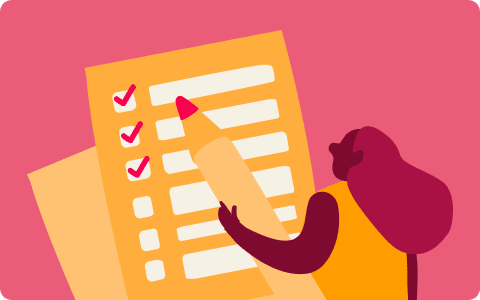Effective employee management can streamline complex HR operations, reduce admin work, and support a thriving company culture your people love. HR leaders often use employee management software to enhance efficiency, foster better employee engagement, and ensure compliance across HR functions.
This guide will examine a selection of leading employee management software systems for optimizing these core HR tasks. Please note that while we provide an overview of these systems, we encourage you to carry out your own research to ensure your chosen software perfectly aligns with your specific needs and company goals.
Best employee management software systems: Quick review
Employee management software is often integrated into comprehensive HR software. The software solutions in this article offer onboarding support, training, and several other features.
Disclaimer: The opinions expressed here are solely those of the author and do not necessarily reflect HiBob’s views. Prospective users are encouraged to conduct their own research to make the best decision for their organization.
What is employee management?
Employee management involves coordinating and supporting a person’s experience in an organization to support overall business goals. It includes talent acquisition, onboarding, training, performance management, and learning and development (L&D). The goal of employee management is to maximize the efficiency and productivity of the team, which contributes to the organization’s overall success.
What is employee management software?
Employee management software helps organizations automate and streamline the core functions of employee management. This type of software typically includes a team member database, absence management tools, performance tracking features, and payroll integration. HR teams can use these tools to reduce repetitive tasks and manual admin work, allowing HR leaders to focus on strategic initiatives that enhance employee engagement and organizational growth.
Best employee management software systems
Let’s explore the top employee management software tools that cater to diverse organizational needs and streamline HR operations effectively.
Disclaimer: The opinions expressed here are solely those of the author and do not necessarily reflect HiBob’s views. I encourage prospective users to conduct their own research to make the best decision for their organization.
Bob
HR leaders use Bob to execute employee management as a core part of the employee experience. Team members can log in to update their details, check time off, or download a payslip anytime. They can also use Bob to give peer shoutouts, fill out pulse surveys, and track personal goals, so it actually feels like something beneficial to their career.
Managers can use Bob to keep team check-ins regular and productive. They can run 1-on-1s with shared agendas, track performance over time, and give feedback through coaching on goals or recognizing great work during the day. They also get a clear view of engagement trends, overdue reviews, and team progress in their dashboard and alerts.
The platform looks and feels more like a social network where they can see anniversaries, give compliments, and view company updates in a personalized feed.
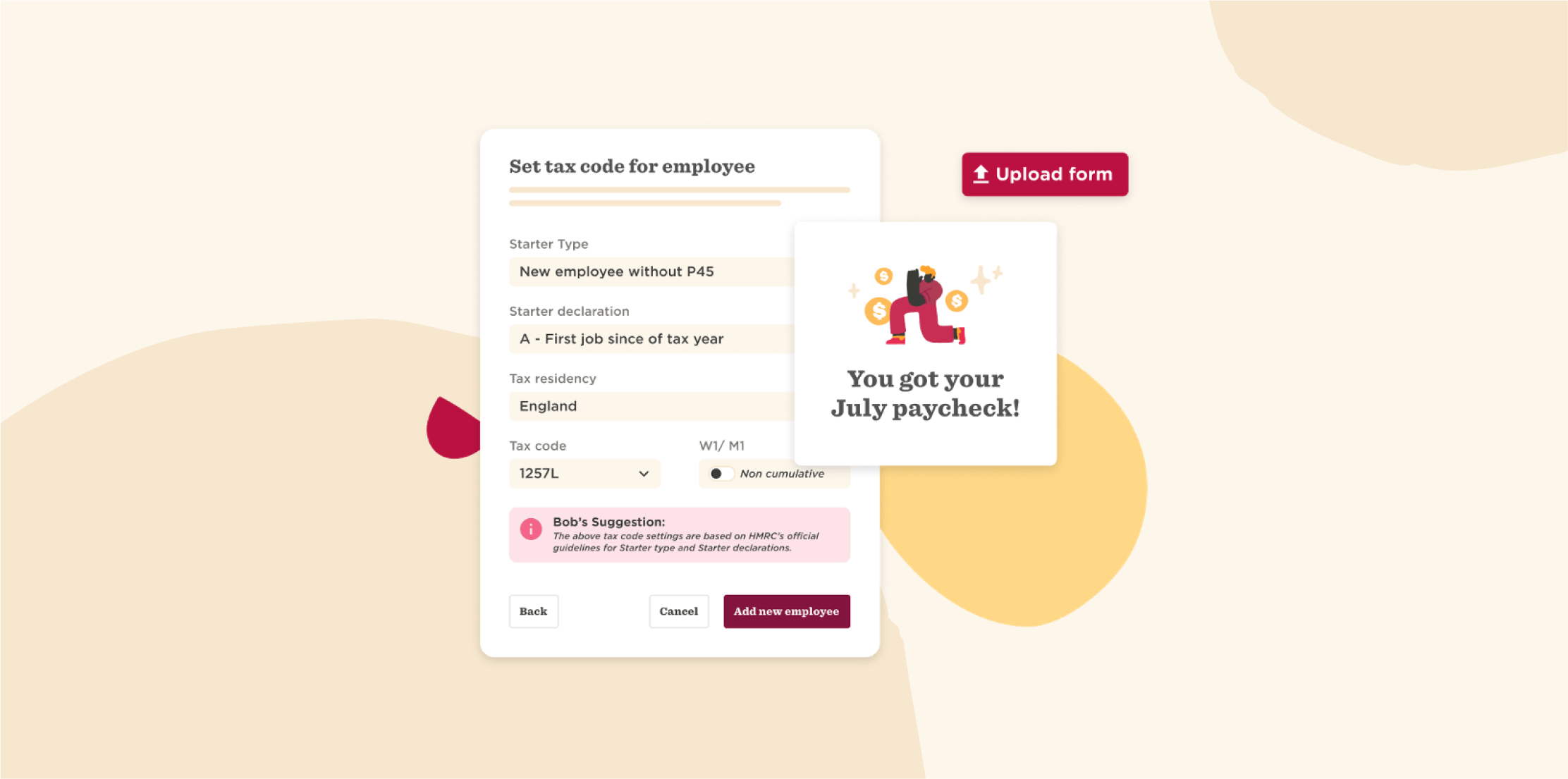
Key features:
- Compensation: Run salary reviews, bonuses, and equity cycles from one place
- Core HR: Automate daily HR tasks like data management and workflows
- Onboarding: Give new joiners a warm welcome with automated checklists, peer introductions, and country-specific resources
- Time and Attendance: Track hours and attendance across time zones with built-in compliance for global teams.
- Time Off: Easily manage sick days, holidays, and local leave policies
- Performance: Run 360-degree reviews, track progress toward goals, and help managers support team growth
- Hiring: Post jobs, manage candidate pipelines, and schedule interviews
- Learning: Deliver targeted training plans that meet both company needs and regional standards
- Surveys: Collect honest feedback through custom check-ins and pulse surveys
- People Analytics: Visualize KPIs like retention, absenteeism, or growth across countries and departments to make faster decisions
- Your Voice: Provide a secure way for people to raise concerns or share feedback online
- Workforce Planning: Map your current org, plan future roles, and model growth scenarios
- Payroll Hub: Sync and centralize payroll data from multiple systems
Integrations: HiBob integrates with over 100 3rd party tech solutions for uses from accounting and payroll to learning management and background checks. Popular integrations include ADP, Google Calendar, Microsoft Teams, and Ramp.
Pros:
- Offers a user-friendly interface that makes navigating tasks like time off requests, document uploads, and check-ins simple for everyone
- Reduces repetitive admin work through automation—like auto-sending onboarding checklists, review reminders, and document workflows
- Provides survey tools and engagement insights so HR can track sentiment and build a stronger team culture
- Delivers fast, reliable support and onboarding guidance from HiBob’s responsive customer success team
- Integrates seamlessly with tools like Slack, Google Workspace, and external payroll systems to simplify your tech stack
- Gives lean HR teams access to enterprise-grade tools
- Centralizes records, feedback, and goals into one platform that’s easy to manage as your team grows
Cons:
- “I wish it had built-in two-factor authentication.” – (Source)
(Pros and cons are compiled from reviews found on G2.)
Pricing: Contact Bob for a custom plan
ClickUp

ClickUp offers a project management tool that extends its functionalities to support HR teams. It facilitates task management, time tracking, and operations through customizable workflows and integrations. ClickUp’s built-in chat features also handle communication between leadership and managers.

Key features:
- Trackable employee performance
- Recruitment pipeline for organizing candidates, applications, and outreach
- Customizable workflows for onboarding
- Integration capabilities with external apps
- Pre-built templates for hiring and handbooks
Integrations: ClickUp can connect to over 1000 tools. Some of their native integrations include Slack, Zapier, and Outlook.
Pros:
Cons:
- “I reported many bugs [for a] year (wrong filters working, statuses not visible, wrong data tracking and much more), but the company did nothing about it.” (Source)
- “Absurd paywalls and useless support.” (Source)
(Pros and cons are compiled from reviews found on G2.)
Pricing:
- Free forever: $0
- Unlimited: $7/mo
- Business: $12/mo
- Enterprise: Custom pricing
These features and pricing plans are based on the ClickUp website and are subject to change.
Connecteam

Connecteam offers an HR & Skills Hub to manage team members. It handles daily operations through task management, clock-in functions, and templates. The platform focuses on the day-to-day operations an HR leader would typically face.
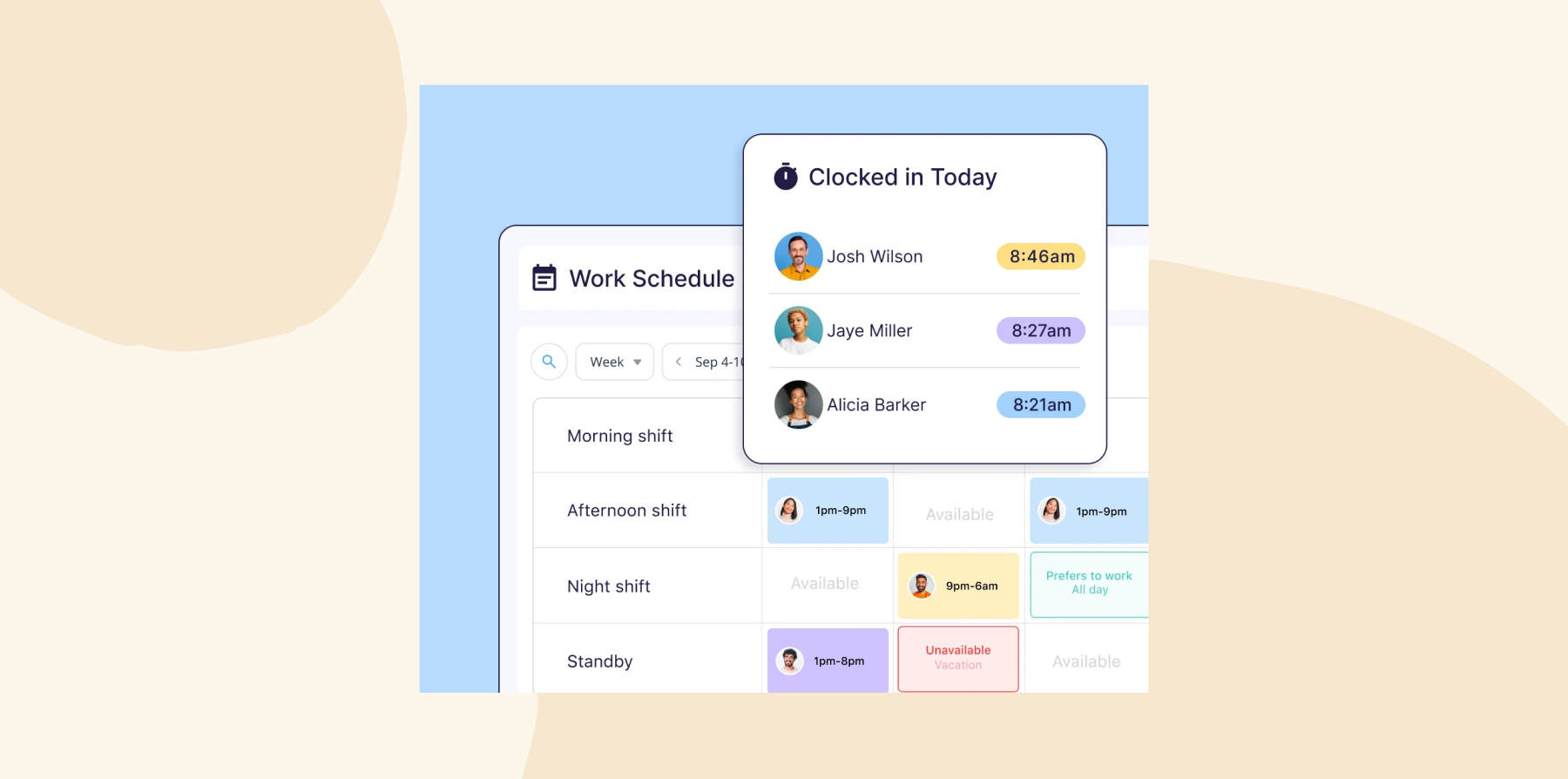
Key features:
- Assigns and monitors tasks
- Real-time communication with managers and team members
- Automated time and attendance tracking
- Checklists and templates for frontline teams
- Online training courses for learning and development
Integrations: Connecteam integrates with a handful of business software to streamline company processes. Popular options include Gusto, QuickBooks, and Xero.
Pros:
- “The platform offers a wide range of features that are genuinely useful for managing a team.” (Source)
- “Creates accountability for the employees.” (Source)
Cons:
- “Wish the quiz function was more expansive” (Source)
- “Some of the features are not user friendly” (Source)
(Pros and cons are compiled from reviews found on G2.)
Pricing:
- The Small Business Plan: Free
- Basic: $29/mo
- Advanced: $49/mo
- Expert: $99/mo
These features and pricing plans are based on the Connecteam website and are subject to change.
Deel

Deel handles HR processes for global teams. It focuses on compliance and payroll management, hiring, onboarding, and managing international employees. Deel follows local labor laws to ensure compliance with local regulations.
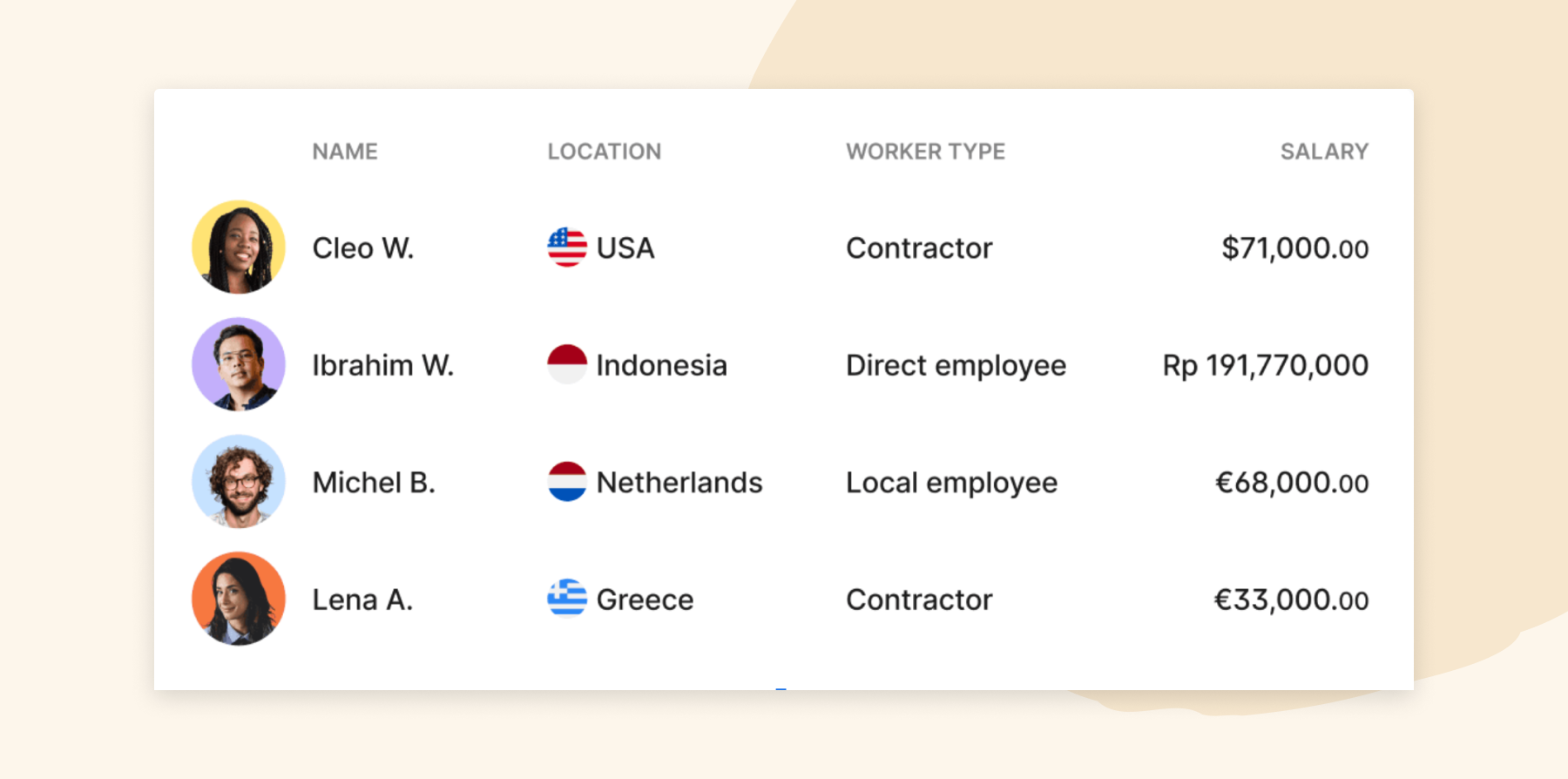
Key features:
- Global hiring for building an international team
- Payroll management
- Compliance support
- Automated contracts for new joiners
- Facilitates payments to international employees
Integrations: Deel offers over 60 integrations with external tools for accounting, productivity, time tracking, and more.
Pros:
Cons:
- “Extremely slow speed in resolving HR and payroll issues.” (Source)
- “Deel is very expensive.” (Source)
(Pros and cons are compiled from reviews found on G2.)
Pricing:
- Deel HR: Free
- Deel Engage: $20/mo per employee
These features and pricing plans are based on the Deel website and are subject to change.
Gusto

Gusto provides employee management software designed to handle multiple aspects of HR, payroll, and benefits. It’s marketed to help businesses organize and manage their workforce.
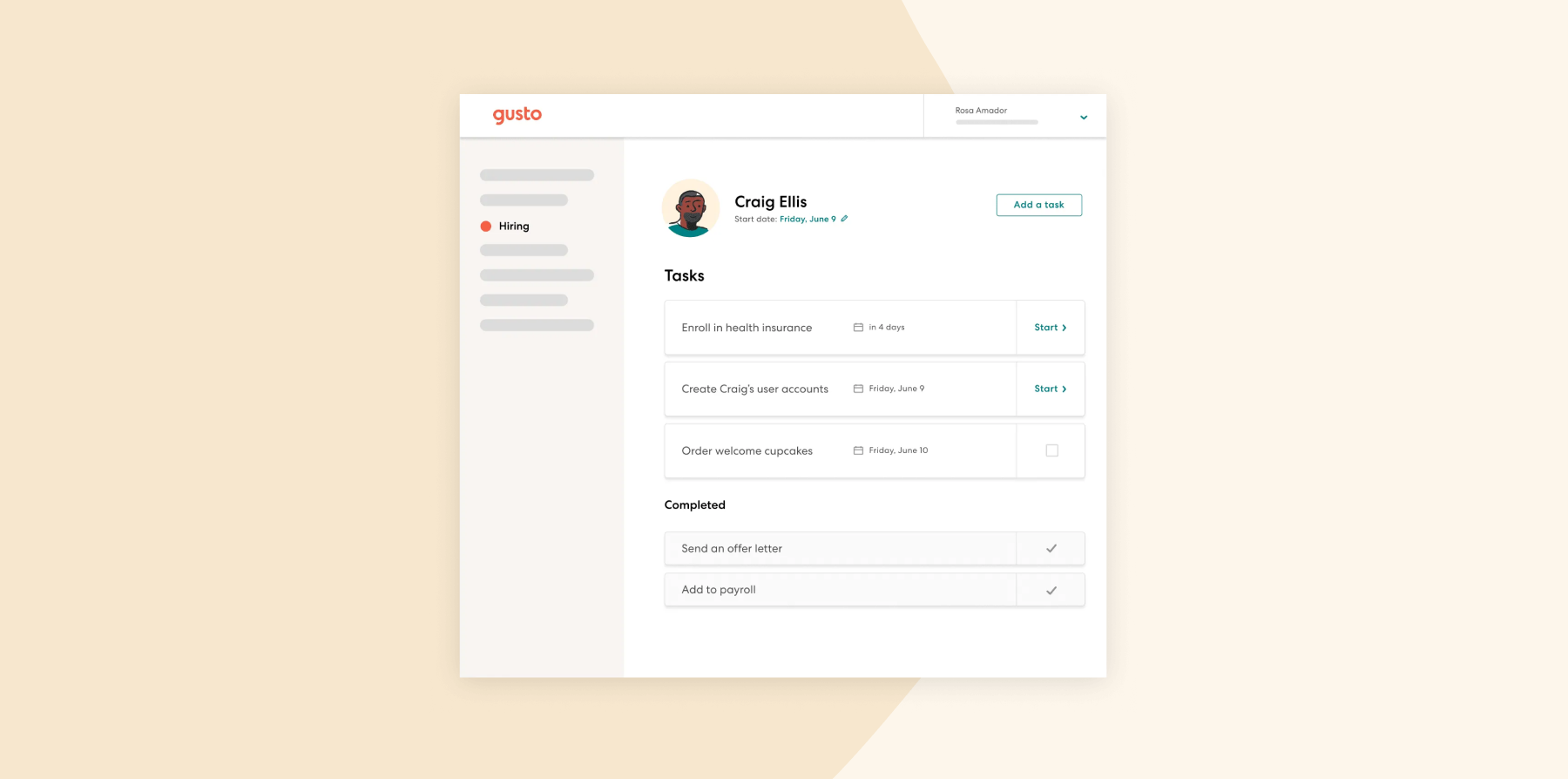
Key features:
- Employee self-onboarding
- Centralized data for team information
- Automated tax filings
- Benefits management
Integrations: Gusto offers 3rd party integrations with tools for accounting, business operations, analytics, and more. They also feature provisioning apps to create or delete team member accounts for software like Zoom, Slack, Google Workspace, and Microsoft 365.
Pros:
- “Basic payroll functions work fine.” (Source)
- “The upside of Gusto is an easy to use web interface.” (Source)
Cons:
- “Incorrect taxes filed, repeatedly” (Source)
- “Terrible customer service & sales – totally unresponsive” (Source)
- “Every time we need help from Gusto it turns into an absolute nightmare” (Source)
(Pros and cons are compiled from reviews found on G2.)
Pricing:
- Simple: $40/mo
- Plus: $80/mo
- Premium: Custom pricing
These features and pricing plans are based on the Gusto website and are subject to change.
Justworks

Justworks handles HR processes for small businesses, providing a suite of tools to manage employee-related tasks. The platform assists with payroll, benefits, compliance, and HR management with an emphasis on teams with over 100 members.
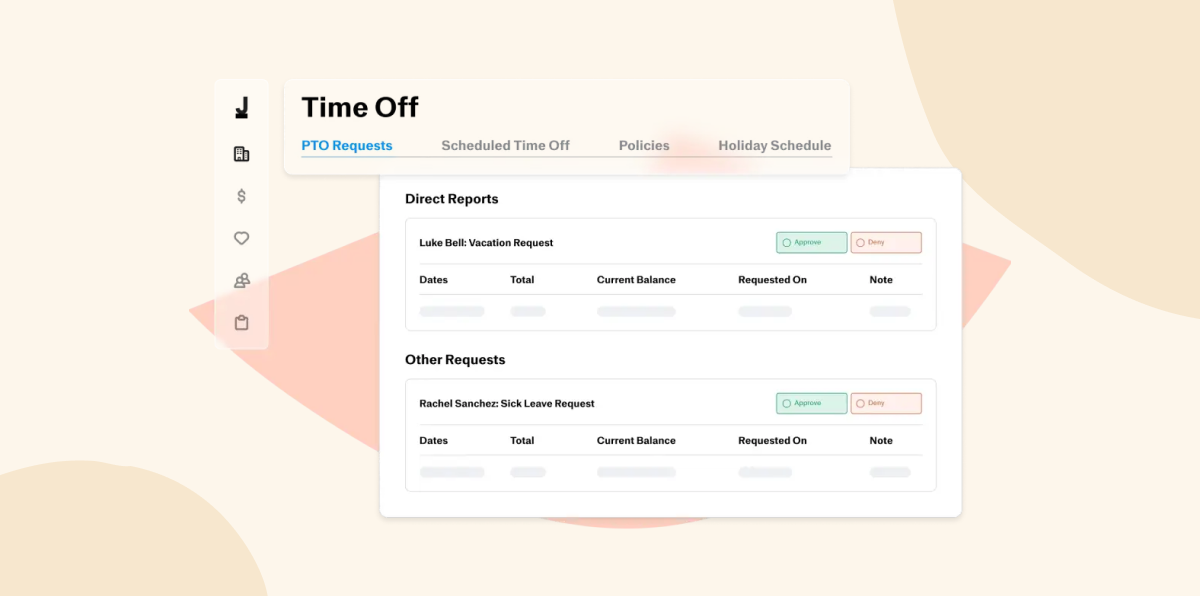
Key features:
- Onboarding and offboarding
- Compliance support
- Centralized database for team members
- Benefits management
- Time and shift tracking
Integrations: Justworks offers 12 integrations with tools for hiring, IT management, learning, and more. Popular options include 15five, NetSuite, and QuickBooks.
Pros:
- “Easy access to all important documents and information.” (Source)
- “It’s really easy to use.” (Source)
Cons:
- “I wish it was easier to track my benefits” (Source)
- “We can’t do everything that we need on the platform” (Source)
(Pros and cons are compiled from reviews found on G2.)
Pricing:
- Payroll: $8/mo per employee
- PEO Basic: $59/mo per employee
- PEO Plus: $109/mo per employee
- EOR: $599/mo per employee
These features and pricing plans are based on the Justworks website and are subject to change.
Litmos

Litmos offers learning management software (LMS) that supports employee management through its training and development capabilities. The platform offers educational tools such as customizable learning paths, automated onboarding processes, and reporting capabilities to track training effectiveness and progress.
Litmos enables organizations to support employee skills and align learning outcomes with business objectives.
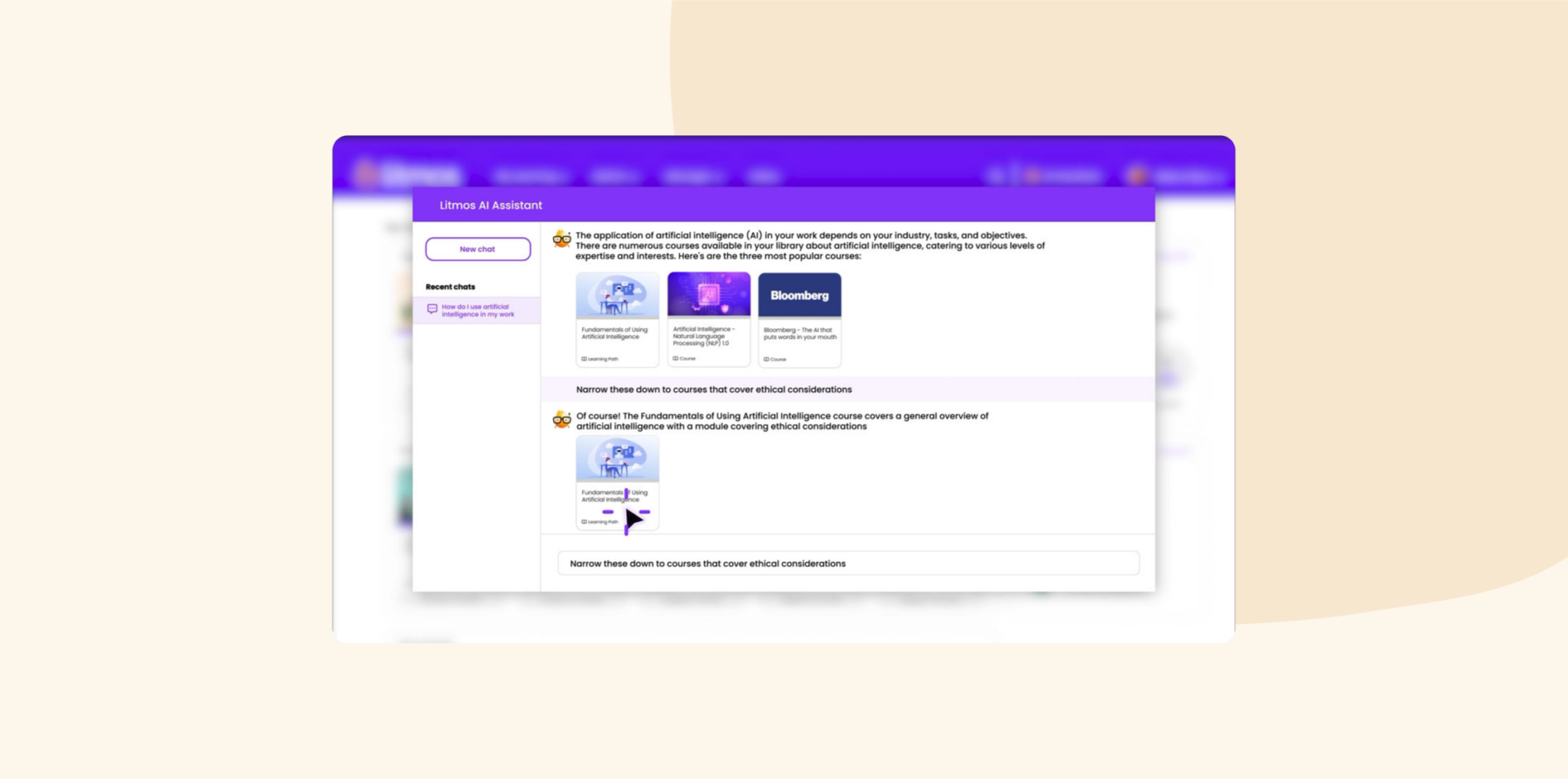
Key features:
- Automated training programs for skill acquisition
- Learning progress tracking
- Interactive content like social sharing and discussion forums
- Mobile learning opportunities
- Compliance training
Integrations: Litmos connects with over 50 3rd party apps to enhance learning for corporate team members, partners, and customers. Popular options include HiBob, Zoom, and PayPal.
Pros:
Cons:
- “Confusing compliance features.” (Source)
- “The app needs to be upgraded to be smoother when being used. It tends to lag too often. ” (Source)
(Pros and cons are compiled from reviews found on G2.)
Pricing: Litmos has three plans, but pricing is only available by request
These features and pricing plans are based on the Litmos website and are subject to change.
monday.com

monday.com is a customizable platform that helps companies track talent pipelines and engage teams. It offers an employee management system for organizing employee information, streamlining recruitment processes, and leave and vacation tracking.
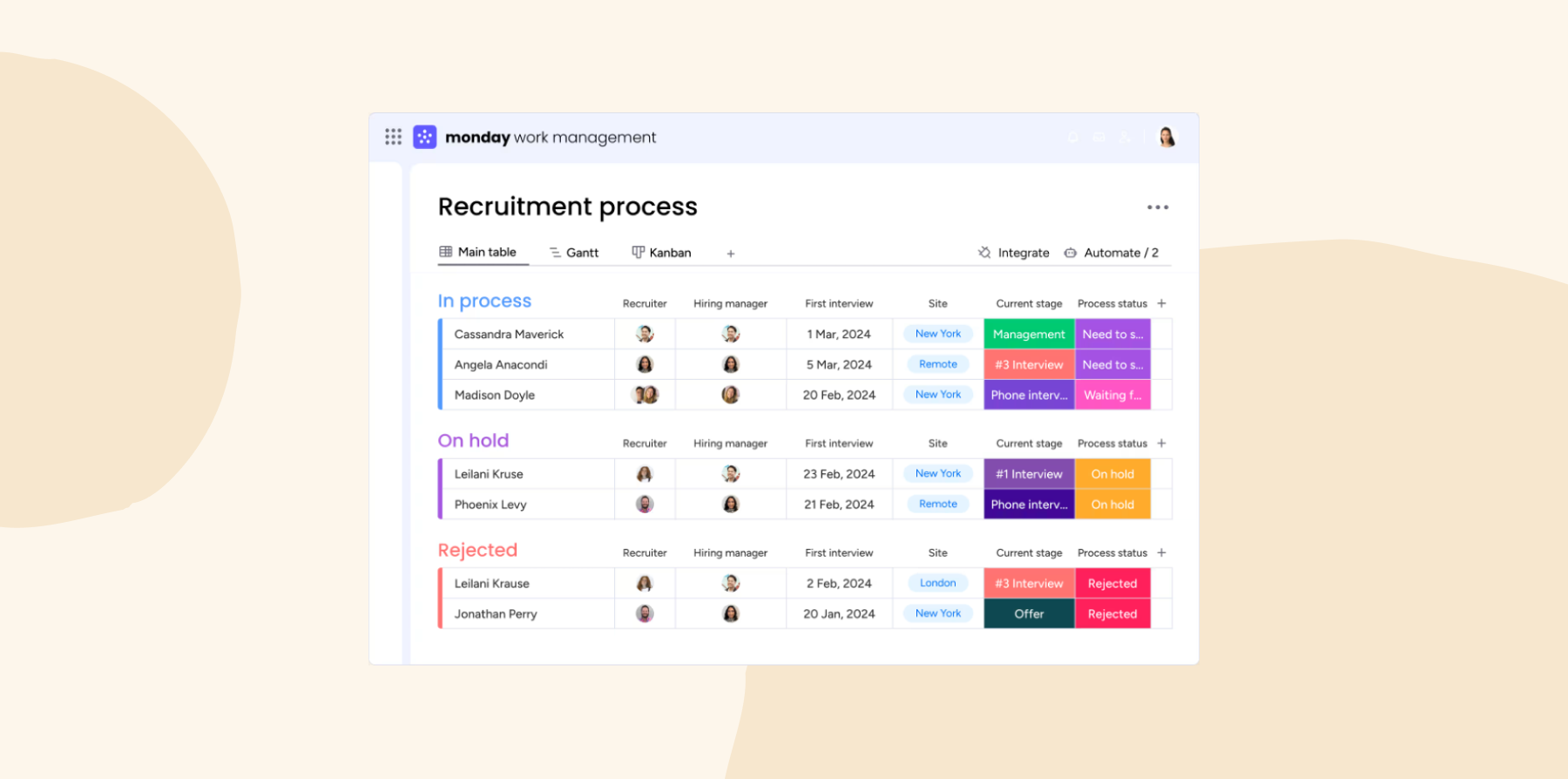
Key features:
- Recruitment pipeline management
- Dashboards for visibility into people’s day-to-day performance
- Adaptable onboarding templates
- System for handling performance review meetings and tracking outcomes
- Leave request management
Integrations: monday.com can connect to over 200 apps to improve workflows, centralize information, and boost collaboration like Slack, Gmail, Microsoft Teams, and more.
Pros:
Cons:
- “Their automations are also super limited.” (Source)
- “I cannot justify the cost and need to find an alternative.” (Source)
(Pros and cons are compiled from reviews found on G2.)
Pricing:
- Free: $0
- Basic: $12/mo per seat
- Standard: $14/mo per seat
- Pro: $24/mo per seat
- Enterprise: Custom pricing
These features and pricing plans are based on the monday.com website and are subject to change.
Rippling
Rippling offers a platform that integrates core HR functions with IT and finance. The HR service, HR Cloud, manages payroll, benefits, and talent recruitment from one interface. Rippling handles these tasks with various checklists and automation.
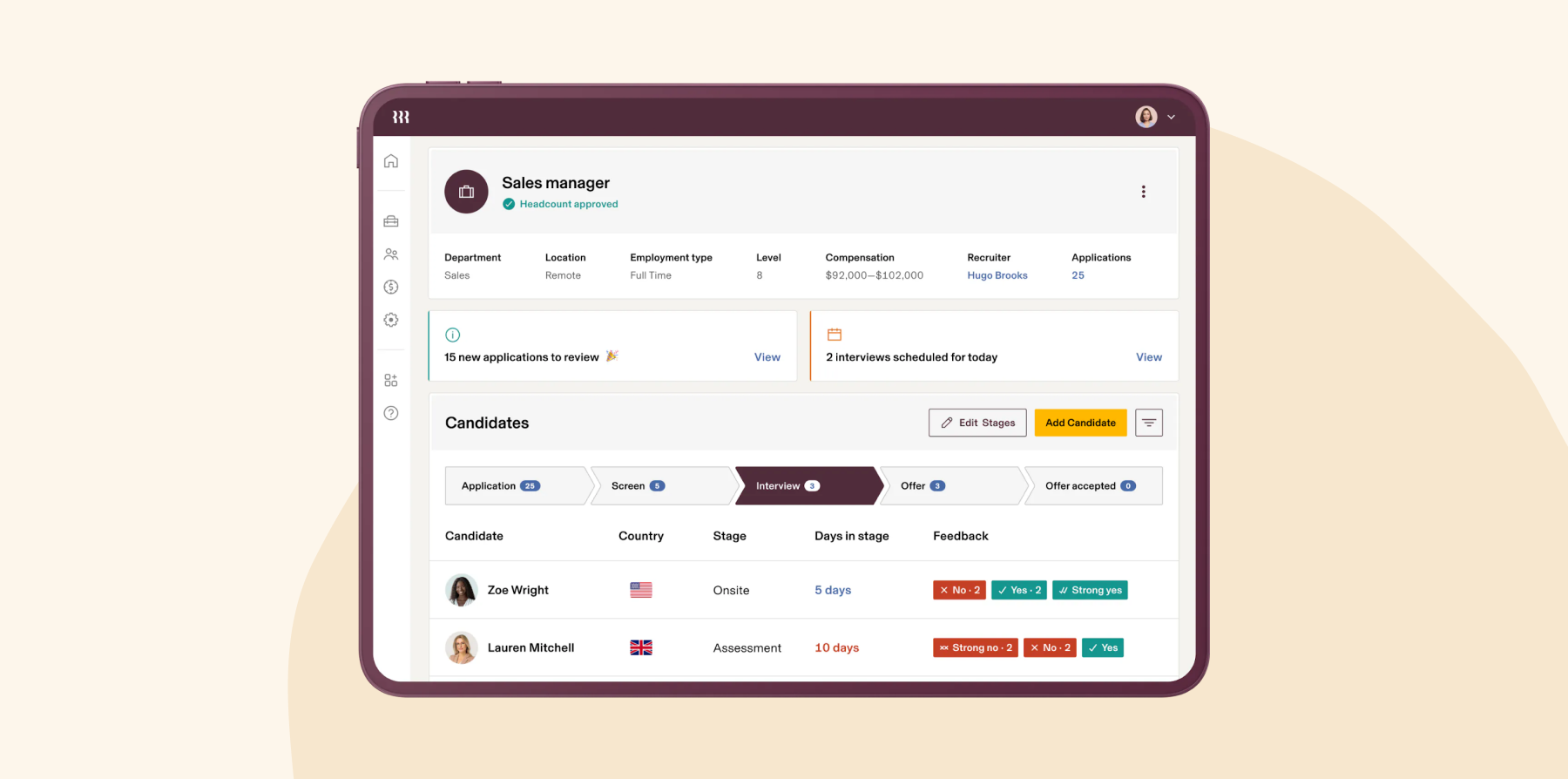
Key features:
- Talent recruitment
- Payroll and benefits management
- Custom workflows for sending reports
- Compliance management
- Analytics tools
Integrations: Rippling offers over 600 native integrations with external apps for automation, payroll, reports, and more.
Pros:
- “Once Rippling is set up, I typically do not have to worry about it.” (Source)
- “Ease of use for employees.” (Source)
Cons:
- “Too many customer service reps to count and all of them are focused on selling” (Source)
- “No follow up for important notifications.” (Source)
- “The sales culture is toxic.” (Source)
(Pros and cons are compiled from reviews found on G2.)
Pricing: Pricing is not publicly available
These features and pricing plans are based on the Rippling website and are subject to change.
<<Compare Bob vs. Rippling – See which fits your business best>>
Sage HR

Sage HR offers an HR management software designed to manage and engage teams. The platform handles HR processes such as payroll, attendance, and employee benefits management. It integrates with other Sage products, such as Sage Intacct, Sage X3, Brightpearl by Sage, and more.
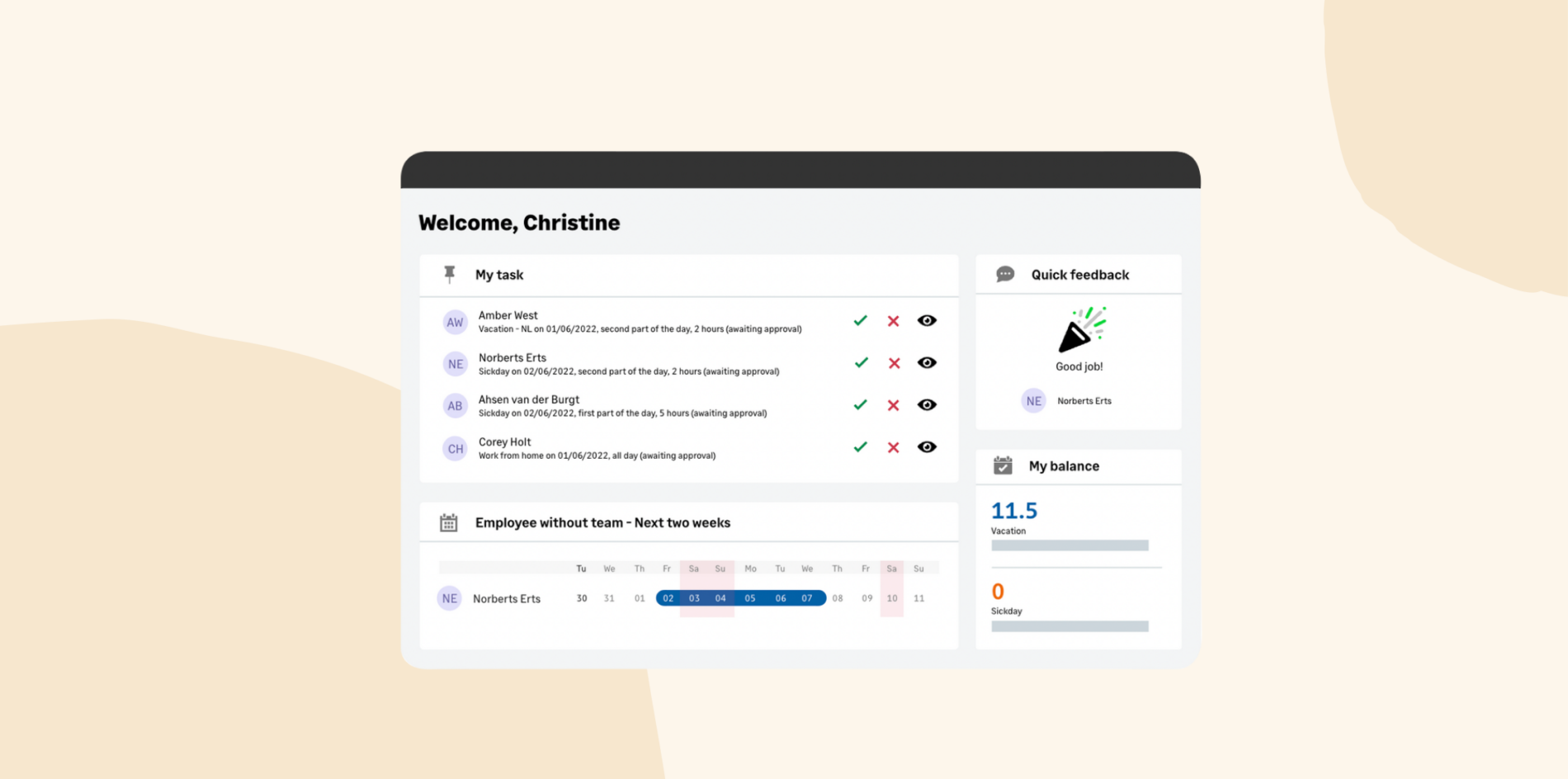
Key features:
- HR reports for people data
- Automated surveys for team member feedback
- Onboarding workflows
- Performance management
Integrations: Sage HR connects with over 3,000 apps, including tools like Outlook, Slack, and custom APIs to make it easy to sync with the rest of your tech stack.
Pros:
Cons:
- “Terrible customer service. Expensive and complicated for what it is” (Source)
- “Not catered to government/municipal agencies” (Source)
(Pros and cons are compiled from reviews found on G2.)
Pricing: Pricing is not publicly available
These features and pricing plans are based on the Sage website and are subject to change.
<<Compare Bob vs. Sage – See which fits your business best>>
Zoho Workplace

Zoho Workplace offers a suite of productivity and collaboration tools designed to enhance communication and operational efficiency. It integrates various applications to enhance engagement and collaboration in the workplace.
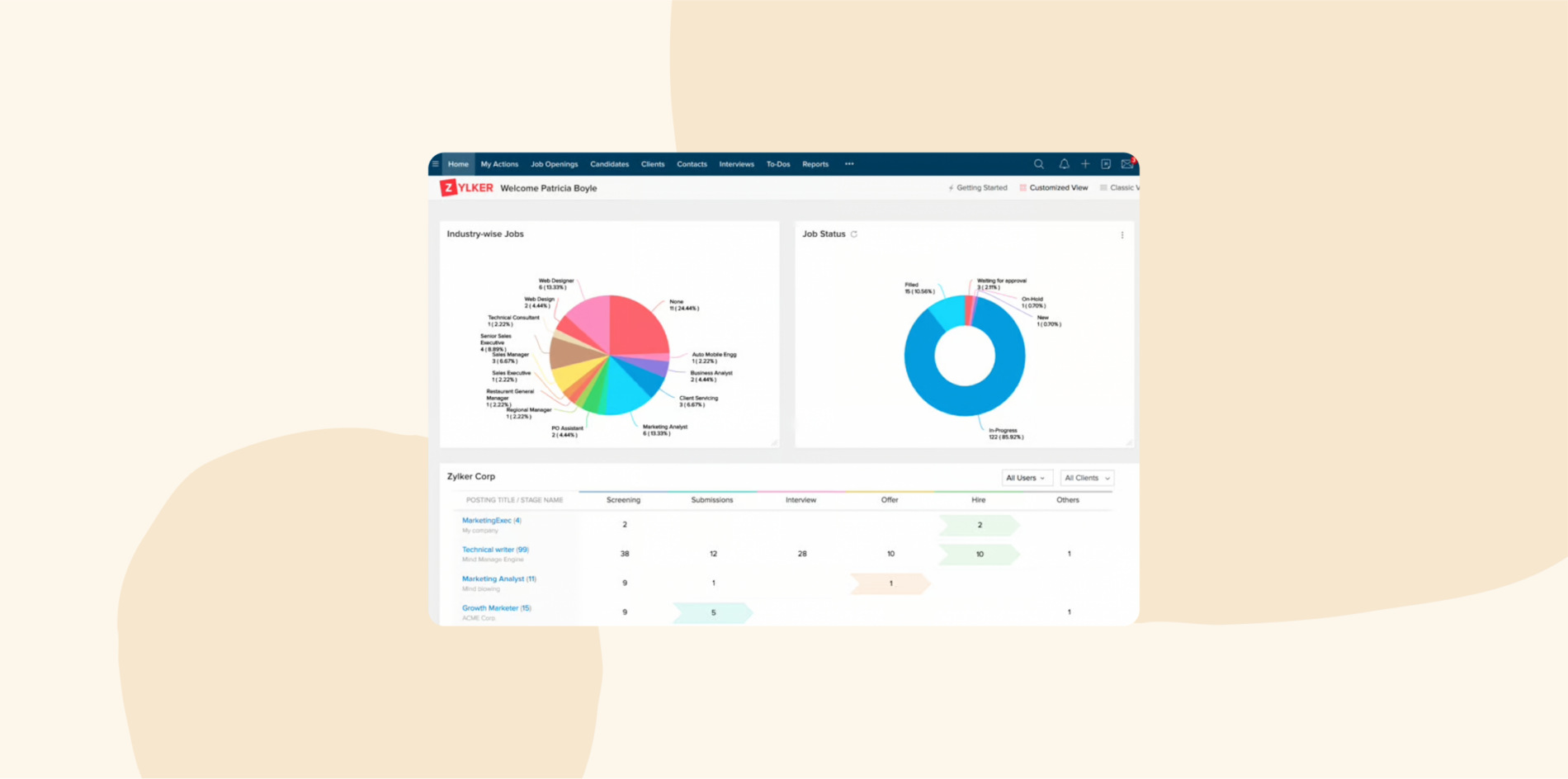
Key features:
- Dashboards for monitoring team activities and performance
- Communication tools like email, messaging, and video conferencing
- Collaborative spaces for hosting meetings and conferences
- Task and project management
Integrations: Zoho Workplace offers over 70 integrations to help teams grow, collaborate, measure performance, and automate workflows.
Pros:
Cons:
- “Early roll out was buggy and it is difficult to view on mobile” (Source)
- “The Customer reach that Zoho WorkDrive has, it is a bit sluggish.” (Source)
(Pros and cons are compiled from reviews found on G2.)
Pricing:
- Standard: $3/user/month
- Professional: $6/user/month
These features and pricing plans are based on the Zoho website and are subject to change.
Other employee management software
While these platforms didn’t make the main list of top employee management software, they’re still worth considering for their specialized strengths. Whether you’re managing a global team, streamlining time tracking, or building performance programs, the right tool depends on your needs.
- Buddy Punch: For time tracking in field-based teams; Offers a free trial
- Bullhorn: For staffing agencies and recruitment firms
- eloomi: For managing training programs; Offers a free trial
- Engagedly: For talent management and growth; Offers a free trial
- Lattice: For performance reviews and development; Offers a free trial
- Leapsome: For all-in-one people enablement; Offers a free trial
- Remote: For hiring and paying international team members; Offers a free trial
- SAP SuccessFactors: For enterprise-level HR and performance management; Offers a free trial
- Veriato: For monitoring productivity
- Workleap: For engagement and goal setting; Offers a free trial
Features to consider when choosing between employee management systems
Choosing the right employee management system means understanding which features will support your team’s goals today and scale with you tomorrow. Here are some key features that help streamline operations, improve people management, and drive engagement.
- Centralized employee database: Offer one place to manage contact info, job details, salary history, and emergency contacts. Reduces HR admin and empowers people to update their own records.
- Time and attendance management: Automatically tracks hours, leave, and schedules. Prevents payroll issues, ensures compliance, and gives teams visibility into time balances.
- Compensation management: Tracks salaries, raises, and pay bands. Flags off-range suggestions and helps teams stay transparent and compliant.
- Employee engagement and communication tools: Keeps hybrid and distributed teams connected with org charts, directories, and updates. Encourages casual connections and reduces silos.
- Performance management: Supports continuous feedback, goal tracking, and recognition. Helps managers guide growth and team members advocate for themselves.
- Benefits administration: Simplifies enrollment, updates, and reporting. Team members can review options, plan time off, and make changes without delays.
- Payroll processing: Runs smooth pay cycles with minimal input. Syncs updates—like bank details or role changes—automatically to prevent errors.
- Automation opportunities: Handles repetitive tasks like form collection, scheduling, and reminders. Frees up HR to focus on people, not paperwork.
- Employee self-service: Lets team members manage their info, documents, and paid time off (PTO). Speeds up onboarding and reduces HR follow-ups.
- Learning and development: Offers tailored training and tracks progress. Connects learning with performance and career growth.
- Reporting and analytics: Surfaces trends in turnover, onboarding, or performance. Helps HR make smarter, faster decisions with custom dashboards.
- Integrations: Syncs with payroll, communication, and finance tools. Reduces reentry, errors, and admin hours.
- Privacy and security: Protects sensitive data with access controls. Ensures only the right people see the right info.
- User experience (UX): Provides easy navigation, mobile access, and clear dashboards that keep people engaged.
Benefits of using employee management systems
Employee management systems offer substantial advantages by optimizing various HR functions. Let’s look at how HR leaders utilize these systems:
Better employee experience
Employee management systems improve daily work life. New joiners can onboard faster—completing forms, reviewing policies, and meeting their team in one place. Once settled, they can check PTO, view payslips, update details, and access training without contacting HR.
HR teams benefit too. These systems support consistent experiences at scale—automating check-ins, triggering recognition, and using surveys to track sentiment. Everyone feels seen, whether local or distributed.
Streamlined compliance management
Automating compliance reduces errors and risk. HR teams can prompt joiners to complete documentation, flag missing signatures, and get alerts for potential violations, like overtime limits. Systems also log training completion and store records in audit-ready formats—no manual tracking required.
Easier communication
When emails and Slack messages get buried, these systems offer a central place to connect. HR can roll out policies, celebrate birthdays, or introduce new joiners company-wide. Team members can message each other directly from their profiles, keeping the community strong.
Greater accuracy and efficiency
Manual updates lead to mistakes. Automating tasks like payroll, time-off approvals, and review reminders saves admin time. Plus, these systems sync data across HR, payroll, and time tracking, so changes—like a new last name or role—update everywhere automatically.
Data-driven decision-making
HR leaders can act quickly with access to real-time people data. Dashboards track turnover, training, absenteeism, and more.
Other tools related to employee management software
Several specialized tools relate to the core employee management systems. These include:
Staff management software
You may find HR leaders referring to employee management software as staff management software. These systems encompass the same purpose: They help users streamline the daily management of staff activities, from scheduling to performance management.
Leave management systems
Many comprehensive employee management software systems include leave management as an integrated feature. This integration allows the software to automate the tracking and approval of time-off requests, provide a self-service portal for employees to manage their leave, and maintain accurate leave balances.
By incorporating leave management directly within the broader system, organizations can ensure a seamless workflow and enhance the overall efficiency of managing team members’ time off.
Workforce management software
Workforce management software is very similar to employee management software, with key differences. HR leaders often use this software specifically to increase productivity and operational efficiency, rather than to maximize the value and potential of team members. They typically provide tools for forecasting labor requirements, managing shifts, and analyzing workforce productivity.
Upcoming trends in employee management systems
Employee management platforms are evolving fast in the way they support growth, plan for the future, and make work better for everyone. Let’s explore where we see the industry headed:
- AI-powered insights for smarter planning: Systems are starting to forecast hiring gaps and suggest when to open roles based on trends in engagement or performance. HR leaders no longer need to rely on gut feelings, they can get early signals right from their dashboards.
- Personalized team member experiences: Platforms are leaning away from one-size-fits-all programs. Now, they’re recommending learning paths, surfacing custom wellness resources, or even tailoring benefits based on role or life stage.
- Mobile-first access for hybrid teams: More team members are checking in, requesting time off, or completing reviews from their phones. Today’s best systems are built with mobile UX at the forefront.
- Advanced automation: Systems now pre-schedule recurring check-ins, flag missing documents, auto-enroll new joiners into onboarding flows, and send smart reminders.
- Built-in communication and feedback loops: Platforms are embedding 1:1 agendas, shoutouts, pulse surveys, and manager feedback tools where everyone can access them. That means people don’t need to open a separate app to change their information or ask for help.
- Privacy and compliance built into workflows: As regulations tighten globally, systems are adapting. That includes auto-updating policy acknowledgements, implementing audit trails, and limiting access with role-based permissions.
Choose the right employee management software for your business
Every builder needs great tools, and the right software equips HR leaders to handle daily challenges effectively. Selecting the right employee management software can lead to smooth operations, enhanced productivity, and engaged team members.
Consider Bob if you’re looking for an easy-to-use solution that integrates seamlessly into your existing workflows and enhances team member engagement. HR leaders can reduce admin time with Bob’s streamlined interface and robust suite of employee management tools. They can also leverage Bob’s extensive features to tailor solutions to their specific needs.
With the time saved, HR leaders can focus their efforts on the people and strategies supporting organization-wide goals.
Disclaimer: The opinions expressed here are solely those of the author and do not necessarily reflect HiBob’s views. Prospective users are encouraged to conduct their own research to make the best decision for their organization.
Employee management software FAQs
What is an employee management system?
An employee management system is a type of software that helps HR teams store and update records in one place, track hours worked, leave taken, and performance progress. They also feature automation for daily tasks like onboarding, payroll processing, and policy communication. The software might also give team members access to self-service features.
How much do employee management systems cost?
Pricing varies depending on the features, company size, and whether you’re paying per team member or per module. More advanced platforms with advanced payroll or performance features may charge higher rates or offer custom pricing.
Recommended For Further Reading
How do you choose the right employee management software?
Choosing the right platform depends on your team’s structure, size, and everyday needs. Follow these steps how to narrow down the right employment management software for you:
- Identify your core needs: Do you need help with onboarding, time off tracking, performance reviews, payroll, or all of the above? List out what you want the software to handle.
- Consider your team setup: Are you managing remote team members, hourly workers, or multiple locations? Make sure the platform can handle how your team works throughout the whole year.
- Look for time-saving features: Prioritize systems that automate repetitive tasks—like document collection, review reminders, or time tracking—to free up HR bandwidth.
- Check integrations: Does the software work with your current payroll provider, calendar system, or productivity tools? Integrations prevent extra manual work later.
- Try the platform: Use a demo or free trial to see how intuitive the system feels. Can your team pick it up quickly without lots of training?
- Plan for growth: Choose software that supports more people, added features, or new locations—so you’re not switching tools all over again later on.
Which is the best employee management software for small businesses?
The best software for small businesses depends on how hands-on you want to be. Some platforms handle just one key area, like basic scheduling or document storage. But if you want everything in one place—like payroll, time off, performance reviews, and people records—look for an all-in-one solution that can scale with you.
HR leaders use Bob to run structured reviews, automate onboarding, and manage payroll and time off from the same system. It’s easy to set up, intuitive to use, and flexible enough to grow with your team as you add roles, locations, or complexity.


